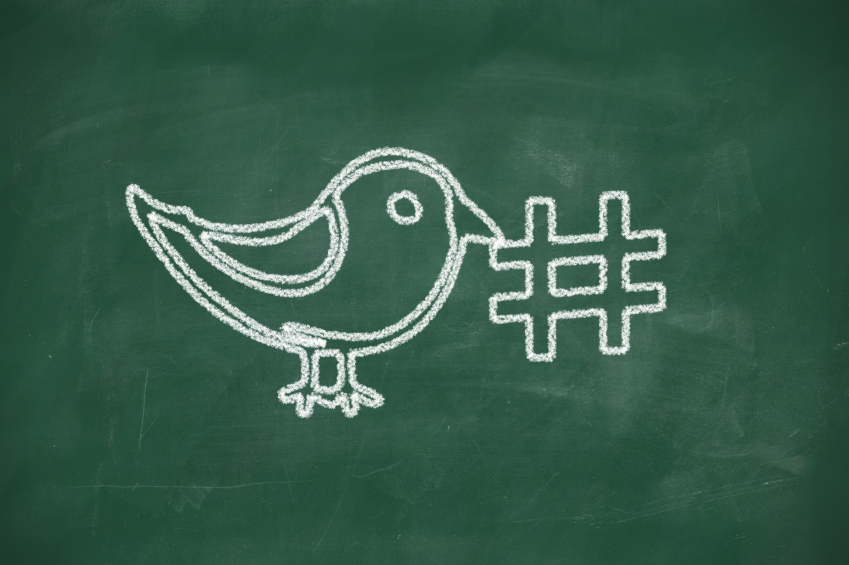What is a Hashtag?
Definition of a Hashtag A hashtag is a tag used on the social network Twitter as a way to annotate a message. A hashtag is a word or phrase preceded...

 Definition of a Campaign
Definition of a CampaignAn email marketing message or a series of messages designed to accomplish an overall marketing goal (such as lead nurturing).
(Not to be confused with a political campaign!)
Let's say you wanted to generate more visitors/leads from a specific target persona. So you build a campaign to accomplish that objective. To do so, you must create messaging that appeals to your target persona and leverage communication channels that will reach your intended target. For example, the message you would use to capture the attention of the CFO of a bank would be very different than the message you would use for a VP of Sales at a medical supply company. Your message must resonate with what the target persona views as important. Speak their language. Address their concerns.
Every campaign should be built around a piece of premium content. You don’t want to just have your audience read your initial message. You want to lead them down the path of learning more about the topic you are writing, your company and your solution. Wherever possible, your premium content piece should be customized to the specifics of the target persona. It should use terminology they are familiar with and anticipate and answer their questions related to their industry/function. You can come up with new premium content designed for a specific campaign or you can repurpose and edit existing content.
The next step is writing a series of blog posts around the same topic as your premium content. Schedule the blog posts over several days/weeks. It’s critical that you use the premium content piece you developed as a call-to-action on each blog post.
It’s important to set specific goals and timelines for your campaign. How many visitors, leads, and new customers do you want to generate over what period of time?
If you're using HubSpot, they have a robust campaign tracking tool that will collect data from blog posts, emails, calls to action, tweets, Facebook shares, LinkedIn conversations, Google Plus shares, offline advertising, and more. The tool itself is a great way to track the impact of the campaign, but the best part is organizing all your efforts around one thing.
The main point of the campaign is to take control of your content strategy, so you don't end up simply writing about whatever comes to mind three to five days a week.

Definition of a Hashtag A hashtag is a tag used on the social network Twitter as a way to annotate a message. A hashtag is a word or phrase preceded...

Definition of an Inbound Link A link from one site into another. A link from another site will improve your SEO, especially if that site has a high...

Definition of a CMS A CMS or content managment system is a software program that allows you to add content to a website more easily. HubSpot, for...